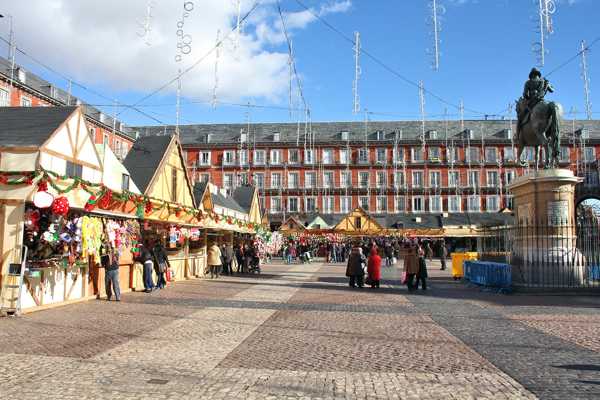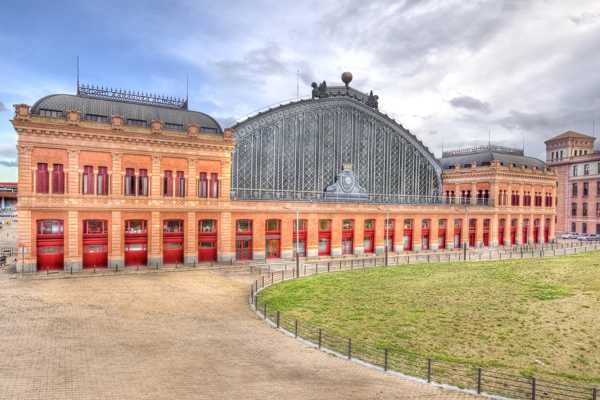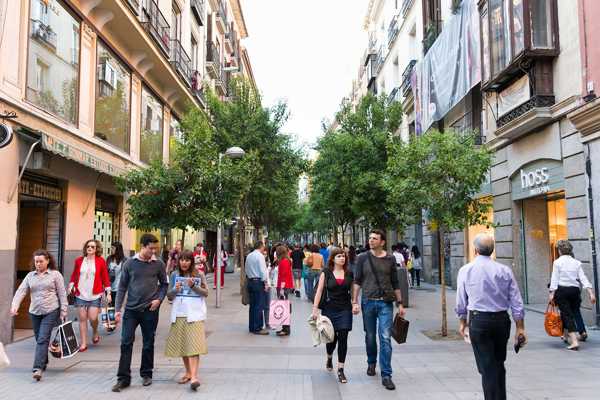The Royal Palace in Madrid serves as the official residence for the Spanish royal family, but in modern times, it is typically only used for state occasions and ceremonies. The palace consists of over 3,400 rooms, spanning over 139,354 square metres of floor space. Though open for tours to the public, the palace’s immense size only allows for a handful of rooms to be seen in a single tour. Tour routes through the palace change every few months because of this.
Located on the western side of downtown, The Royal Palace of Madrid sits on Calle de Bailén, east of the Manzanares River. The royal family does not reside in The Royal Palace but rather in a more scaled-down palace on the outskirts of the city. Visitors of all ages are drawn to the palace, typically spending around 1 hour touring the palatial building and lush, manicured grounds.
The Royal Palace in Madrid - one of the highlights of 10 Best Things to Do for Couples in Madrid and 10 Best Free Things to Do in Madrid (Read all about Madrid here)
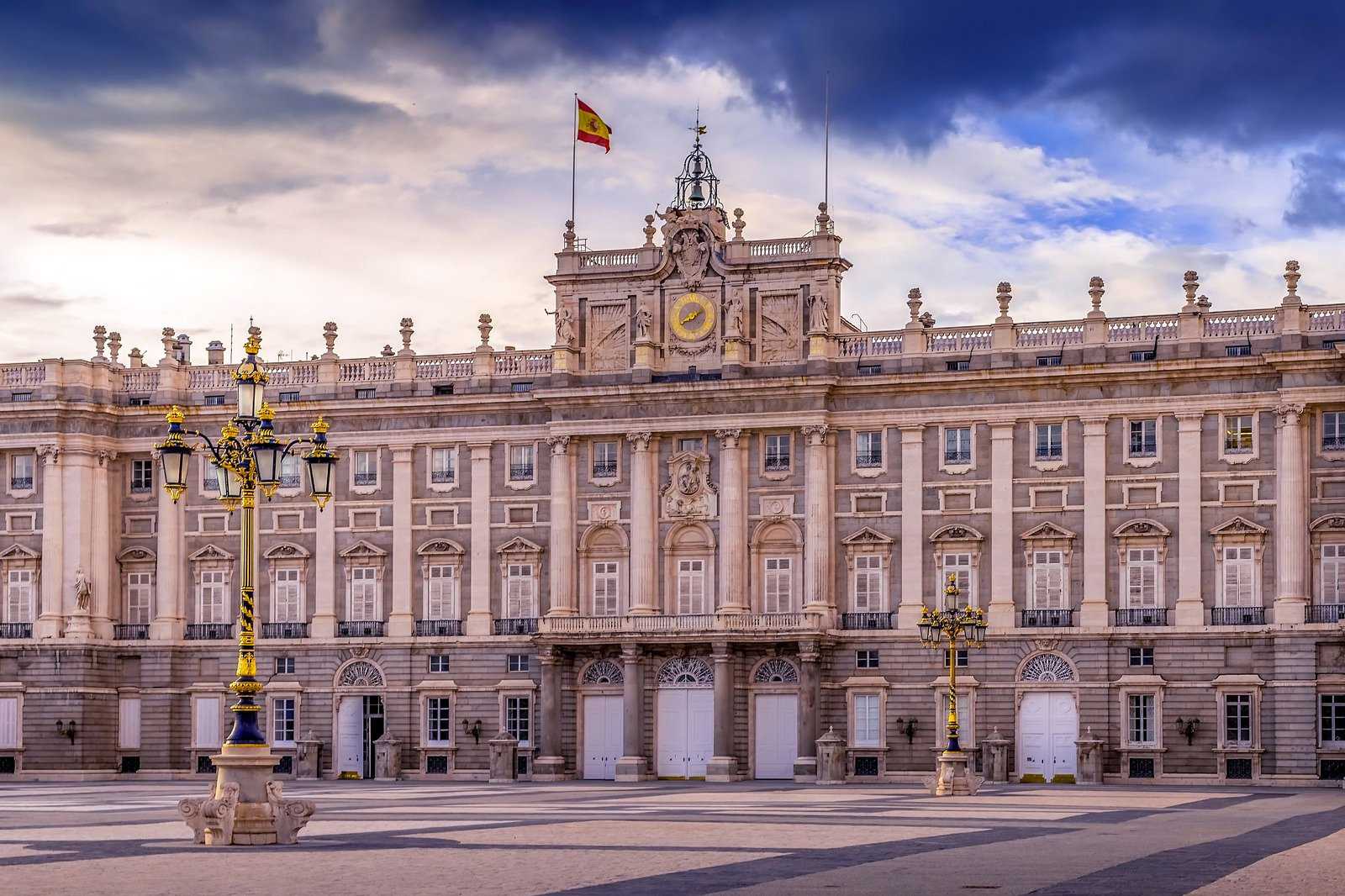
What are the highlights of The Royal Palace?
On the ground floor of The Royal Palace in Madrid, you’ll immediately notice the sweeping Grand Staircase, which is composed of a single piece of marble from San Agustin. The staircase is accented by sculptures and cartouches as well as ceiling frescoes by the artist Corrado Giaquinto. A Royal Armoury contains centuries of historical artefacts, with armour dating back to as early as the 13th century. Additional rooms of interest include the Royal Pharmacy, which still operates today, and the Royal Library with its collection of historic manuscripts.
Ascending to the first floor of The Royal Palace of Madrid, you may see King Charles III’s Apartments, an ornate collection of rooms and artwork. The Crown Room houses Charles III’s throne as well as the royal sceptre and crown. Additional rooms of interest include a large banqueting hall, the Apartments of Infante Luis and the Royal Chapel.
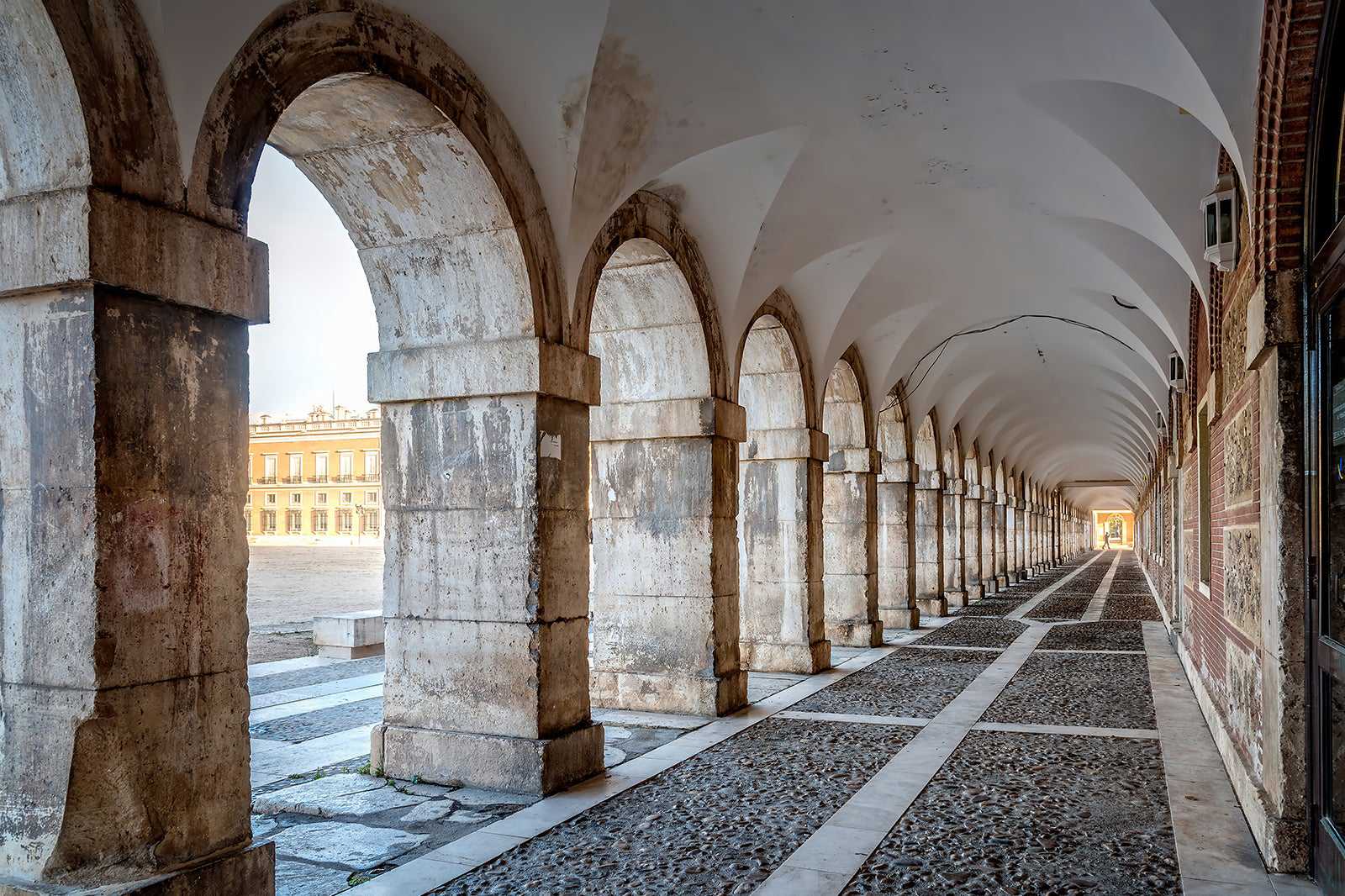
What is the history of The Royal Palace in Madrid?
The Royal Alcázar of Madrid was the original fortress built on this historic site in the latter half of the 9th century. Though the fortress was expanded and enlarged over time, the complex was lost in 1734 to a fire that burned continuously for 4 days. The design and construction of a new Royal Palace in Madrid began in 1735, with Charles III taking up residence here in 1764.
Today, the Royal Palace of Madrid encompasses baroque and classical architectural styles throughout and includes thousands of historic works of art. Throughout the centuries, the palace has undergone many major expansions and renovations, including the addition of the Plaza de la Armería and the construction of other buildings around this plaza.
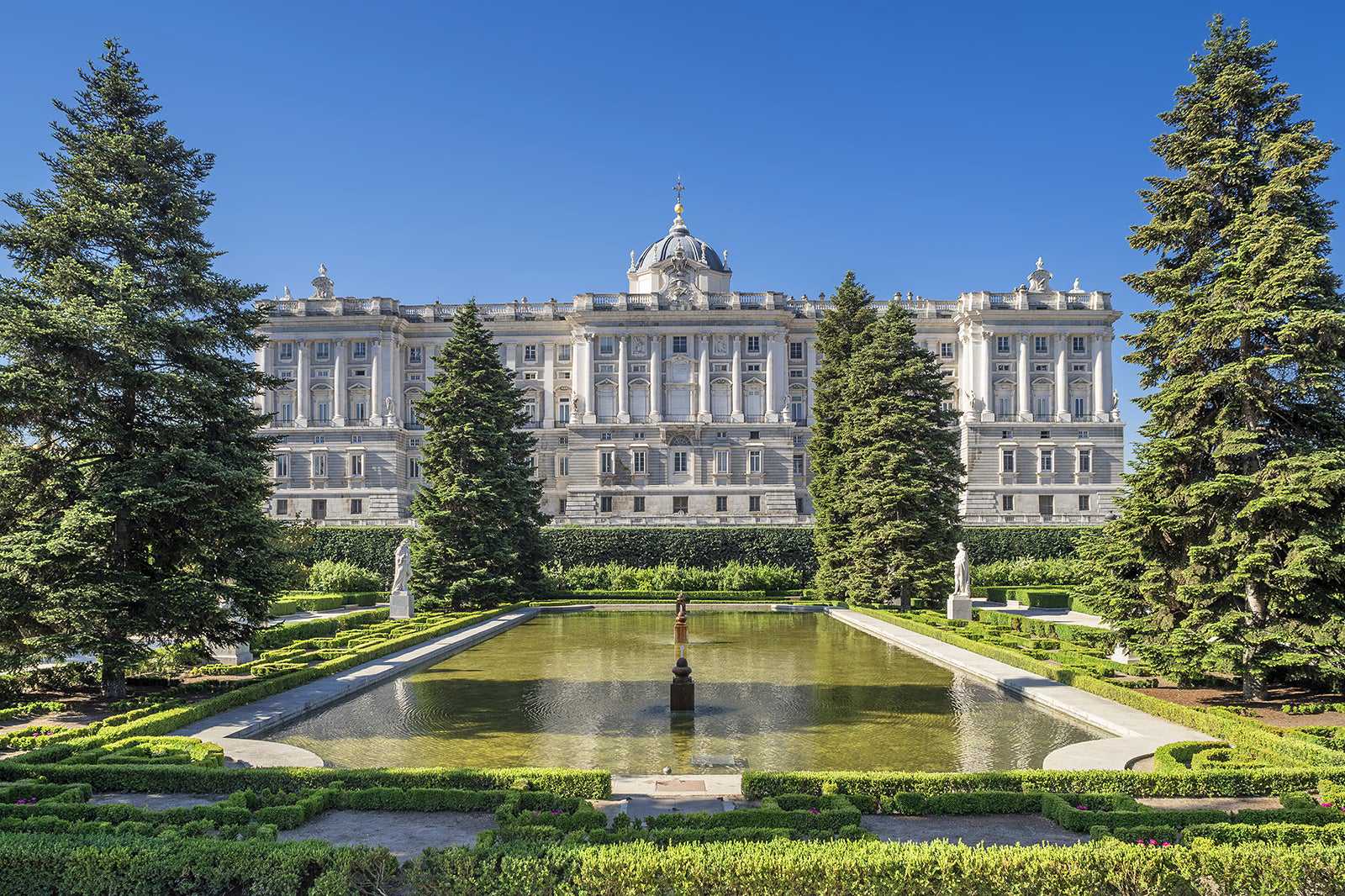
Good to know when visiting Madrid’s Royal Palace
The Royal Palace in Madrid is easily accessible to visitors by bus, rail, taxi and metro, with service from the Ópera metro station. Admission tickets to tour the palace are budget friendly and typically include discounts for children. The Royal Palace of Madrid is also fully wheelchair accessible.
This famed palace off the Plaza de la Armería is surrounded by additional locations of interest that visitors often incorporate into their sightseeing around The Royal Palace of Madrid, including the Plaza de Oriente, the Campo del Moro Gardens and the Sabatini Gardens. Locals recommend buying admission tickets online in advance to avoid waiting in the ticketing queue at the palace. Visitors who only speak English may want to book a tour in advance with an English-speaking tour guide.
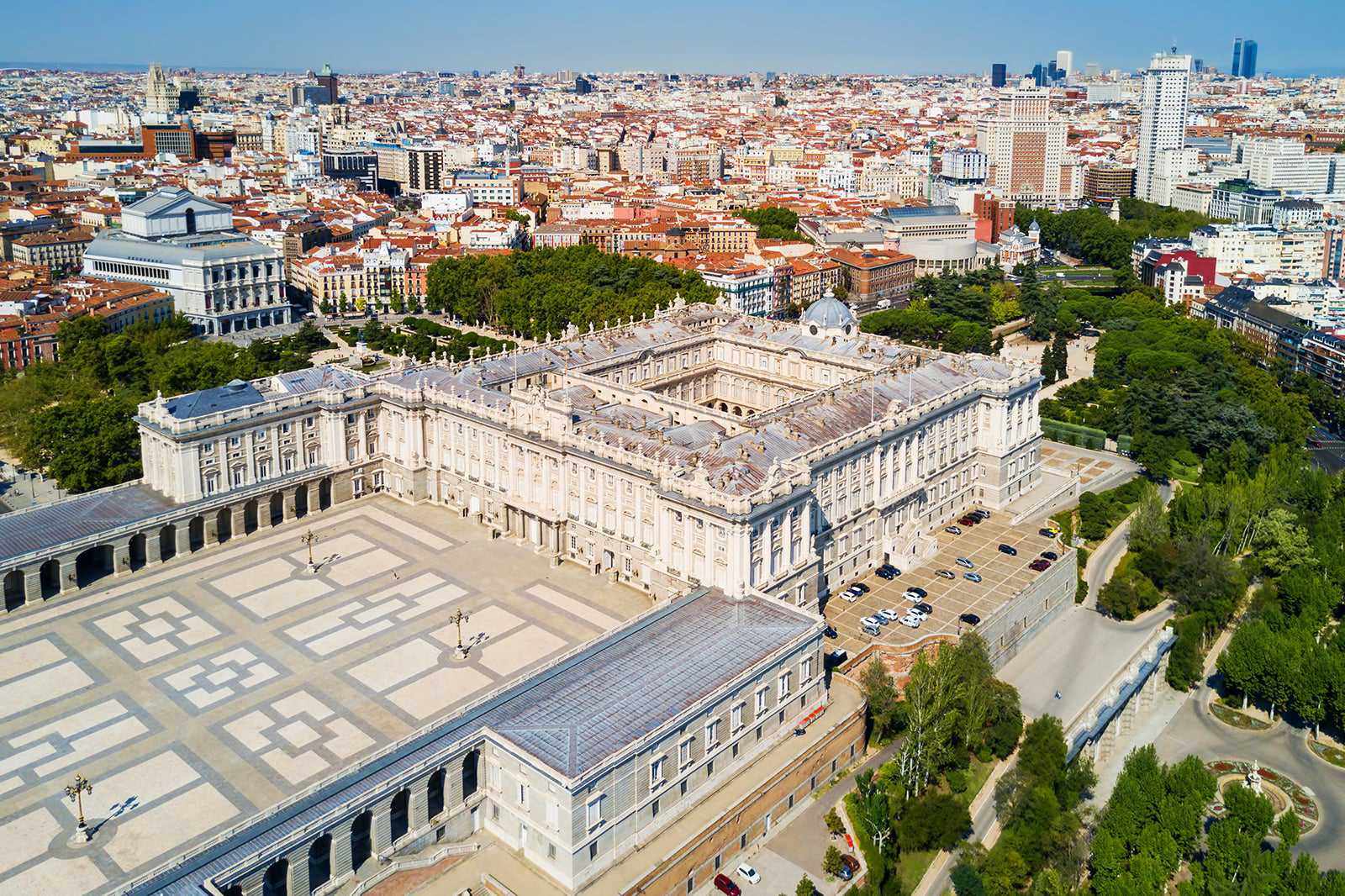
The Royal Palace in Madrid
Địa điểm: Calle de Bailén, s/n, 28071 Madrid, Spain
Điện thoại: +34 (0)914 54 87 00












